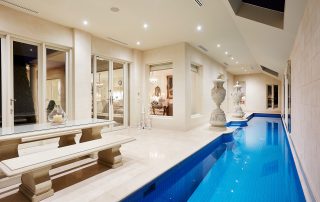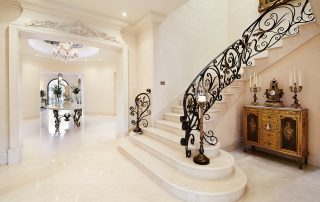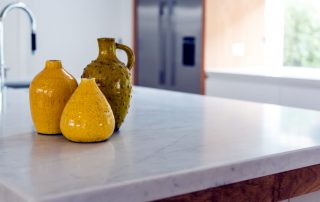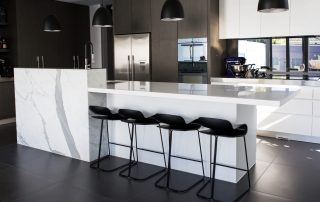Where does stone come from?
Over many millions of years a variety of processes within the earth’s core caused massive rock beds to develop and rise to form the earth’s crust.
There are three main types or classes of rock formation: Sedimentary, Metamorphic and Igneous rock. The difference between them depends upon how they were formed.
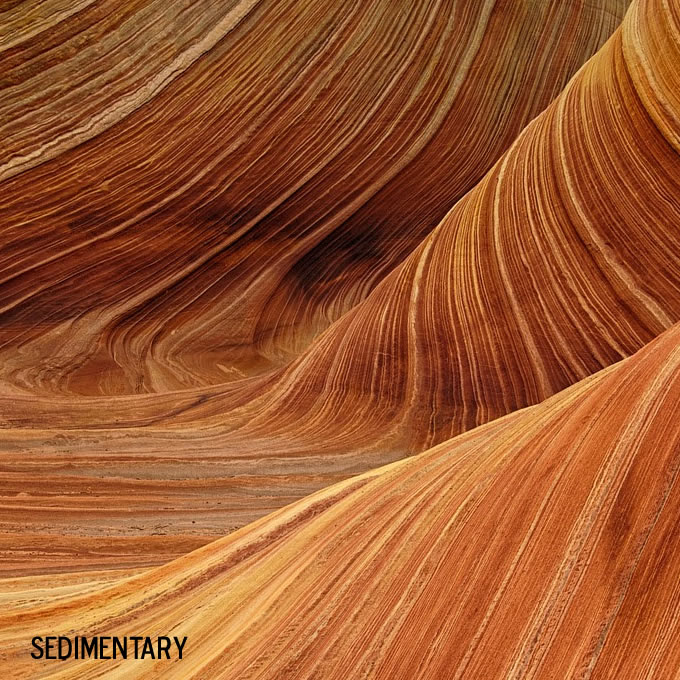
Sedimentary
As the name suggests, sedimentary rocks are formed from sediment – particles of sand, shells, pebbles, and other fragments of material.
Gradually, the sediment accumulates in layers and over a long period of time it hardens into rock.
Typically, sedimentary rock is fairly soft and may break apart or crumble easily.
You can often see sand, pebbles, or stones in the rock, and sometimes it may contain fossils.
Examples of this rock type include conglomerate, sandstone and limestone.
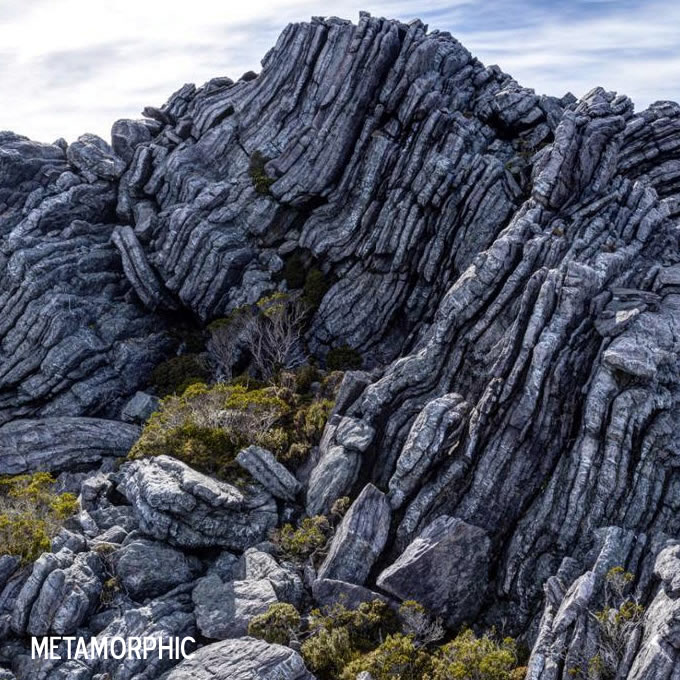
Metamorphic
Metamorphic rocks are formed under the surface of the earth from the metamorphosis (change) that occurs due to intense heat and pressure.
The rocks that result from these processes often have ribbon-like layers and may have shiny crystals.
Examples of this rock type include gneiss, marble, serpentine, slate and onyx.

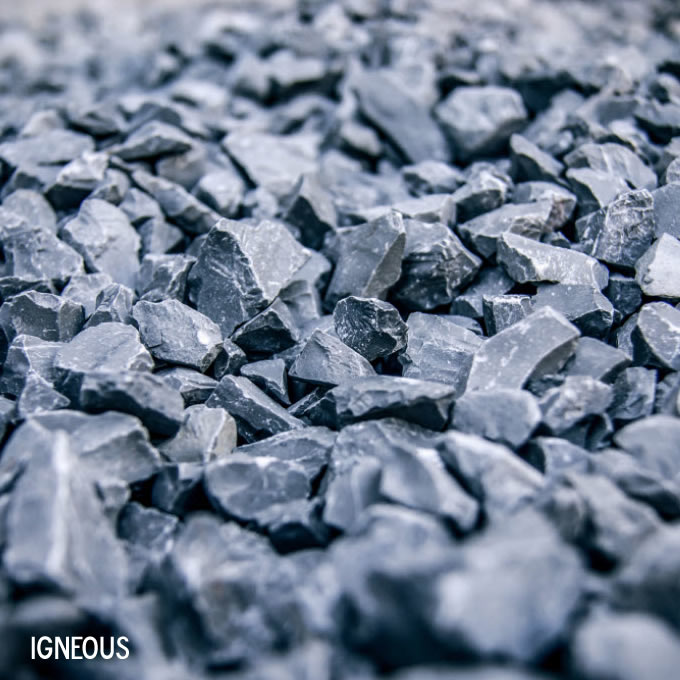
Igneous
Igneous rocks are formed when magma (molten rock deep within the earth) cools and hardens.
Sometimes the magma cools inside the earth, and other times it erupts onto the surface from volcanoes (lava).
When lava cools very quickly, no crystals form and the rock looks shiny and glass-like.
Sometimes gas and minerals are trapped in the rock during the cooling process and eventually solidifying into stone that has large crystals and a coarse texture.
Examples of this rock type include granite, basalt and obsidian.
Melbourne’s Most Trusted Stone Restoration & Repair Service
GIVE US A CALL ON 03 9532 1758 NOW

